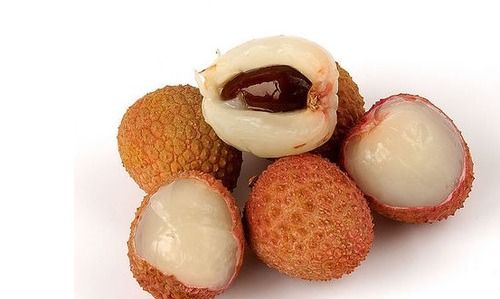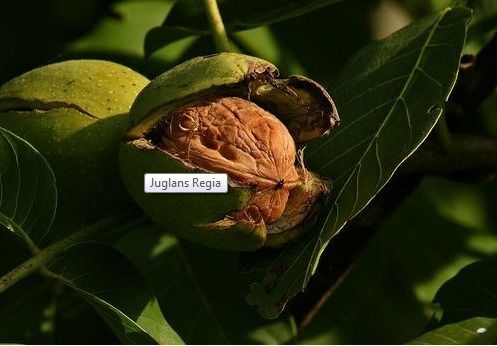Punica granatum
55 INR/Kilograms
Product Details:
- Product Type Punica granatum
- Type Fruit Seeds
- Grade Food
- Variety Punica
- Color Brown
- Purity 99%
- Click to View more
X
Punica granatum Price And Quantity
- 55.00 - 300.00 INR/Kilograms
- 55 INR/Kilograms
- 5 Kilograms
Punica granatum Product Specifications
- Fruit Seeds
- Punica granatum
- 99%
- Brown
- Punica
- Food
Punica granatum Trade Information
- Cash in Advance (CID) Cash Advance (CA)
- 10000 Kilograms Per Week
- 2-7 Days
- Western Europe Australia Eastern Europe Central America Middle East South America Asia North America Africa
- All India
Product Description
Botanical Name: Punica granatum
Synonyms: Punica malus, Punica nana L., Punica florida, Punica grandiflora, Punica nana. Punica spinosa
Common Name: Pomegranate
Seeds collection period: June- July
Seed longevity: 1 year
Description:
Punica granatum is a small multi-stemmed shrub/tree 5-10 m tall. Canopy open, crown base low. Stem woody and spiny, bark smooth and dark grey. Leaves simple, 2-8 cm long, oblong or obovate, glabrous, oppositely placed, short-petioled surface shining. Flowers regular, solitary or in fascicles at apices, 4-6 cm. Petals lanceolate, 5-7, wrinkled and brilliant orange-red. Hypanthium coloured, 5-8 lobed. Anthers numerous. Calyx persistent. Fruit a round berry, 5-12 cm, pericarp leathery. Interior compartmentalized with many pink-red sections of pulp-like tissue, each contains a seed grain. Fruits globose with persistent callipe and a coriaceous woody rind. Seeds numerous, angular with fleshy testa, 1.3 cm long.Use:
Medicine: The bark of the pomegranate tree may be used as a very strong purgative, but it has several serious side-effects. The fresh root bark is used in an anthelmintic preparation, the alkaloid punicine is responsible for this activity. Unripe fruit and flowers are significant emetics. Ripe fruits are laxative and blood enriching also useful in managing sore throat, spre eyes, brain diseases and chest troubles
Tell us about your requirement

Price:
Quantity
Select Unit
- 50
- 100
- 200
- 250
- 500
- 1000+
Additional detail
Mobile number
Email











